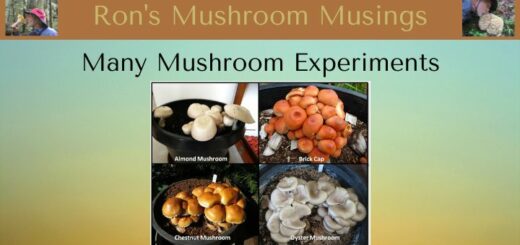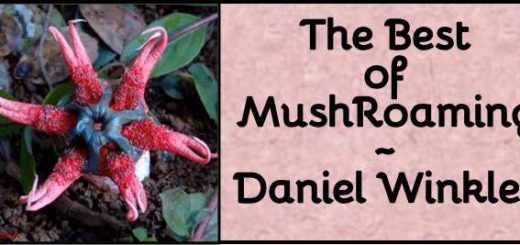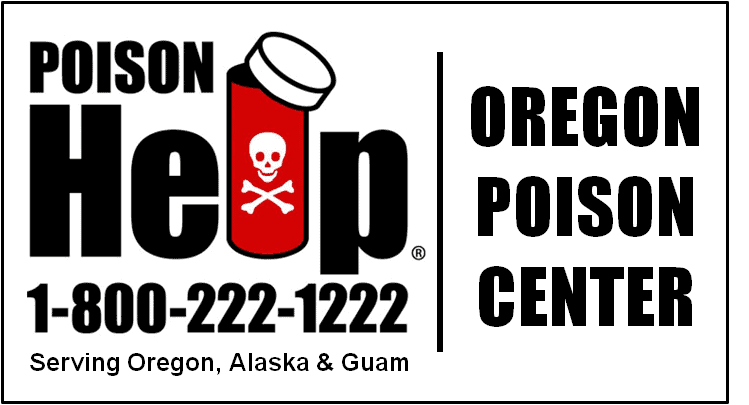CMS Meeting – Sept 21, 2022
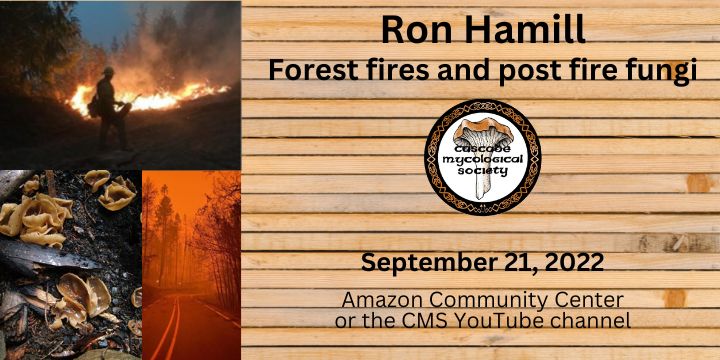
Please note that with our return to in-person meetings, we will continue to livestream to the CMS YouTube channel. However, to simplify the process, we will only live stream the main portion of the speaker presentation with their audio; not the question/answer portion. We will also not be showing video of other activities such as identification of mushrooms.
- When: Wednesday, Sept 21, 2022, at 7:00 pm
- In Person: Amazon Community Center, 2700 Hilyard St, Eugene, Oregon 97405
- Live Stream: CMS YouTube Channel (open and click to set a reminder)
This event is free and open to the public. There will be a mushroom identification session. Bring what’s in your basket, edible or not, and learn from the experienced members of our community.
Forests, Fungi, and Fire are linked in a myriad of ways. Forest fires can drastically change forest ecosystems, sometimes in an instant. The changes sometimes lead to a more diverse landscape and sometimes lead to a greatly simplified one. Fungi respond in different ways to fire. Pyrophilous fungi appear to both profit from fire and pave the way for other life forms to follow. They tend to only be seen for a relatively short time after fire. They are central to the processes of restoring forest health. Others persist and sometimes respond with immense fruiting if the right kind of fire occurs. A warming planet has brought us to an age of mega fire with numerous “historically ”large fires occurring worldwide. Their impacts are wide ranging and profound. Many people are being displaced worldwide. It is important to understand the vital role that fungi play in post fire ecosystems and how fungi create and inform us about resilient ecosystems. Ron Hamill has lived with fire. His “love” of post fire habitats is somewhat by necessity. He’s experienced over 20 significant wildfires from close, to way too close, and observed many more. His and many other homes were destroyed by the devastating Archie Creek wildfire on September 8th 2020. He has spent countless hours observing forests, fungi and post burn landscapes.
About the Speaker
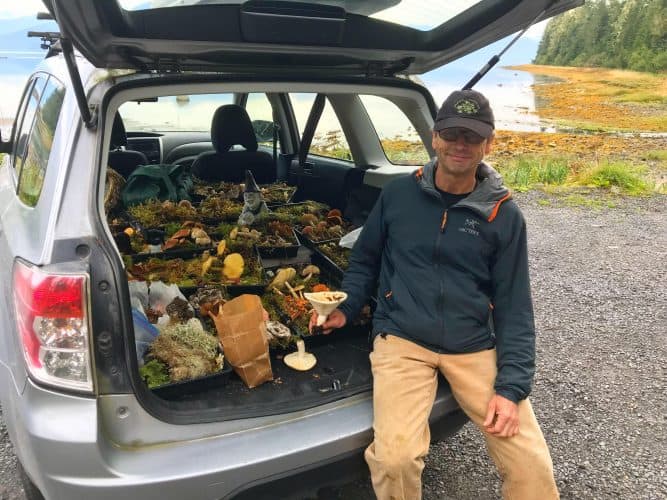
Ron Hamill has spent a lifetime in the field observing nature. He discovered mycology while attaining a botany degree and has been deeply interested in the taxonomy and ecology of fungi ever since. He has worked as a field mycologist and botanist for nearly 30 years, doing surveys to describe habitats and to record and document rare and uncommon species from California to Alaska. He is a member of the Pacific Northwest Key Council, is a founding member of The Cascade Mycological Society, and has served as an expert identifier for the Mount Pisgah Arboretum mushroom festival on more occasions than we can count.

